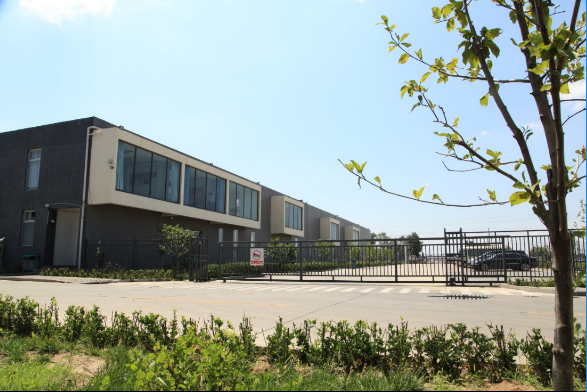

Additionally, considerations such as the grit size, which ranges from coarse to fine, impact the price. Coarser grits are typically used for rapid material removal and have a lower price range, while finer grits, which deliver smoother finishes, are slightly more expensive due to their precision and specific usability in finishing tasks. Technological advancements in flap disc wheel design contribute to price variations as well. Discs incorporating enhanced cooling technologies or unique material combinations for specialized applications are generally at a higher price point. Their performance efficiency in specialized tasks often results in long-term cost savings through increased tool life and reduced labor costs, a factor that professionals weigh against initial purchase prices. As the manufacturing industry continuously evolves, there is a growing emphasis on sustainability, affecting flap disc wheel prices. Eco-friendly manufacturing practices and recyclable materials are becoming central to the production process, influenced by regulatory compliance and corporate social responsibility initiatives. Flap discs produced under such standards might carry a premium price. Still, they appeal to environmentally conscious buyers and those looking to align with sustainable practices in their operations. Conclusively, understanding flap disc wheel prices extends beyond just the price tag. It involves an in-depth analysis of the material composition, size requirements, brand credibility, purchase channels, and technological innovations. Industry professionals recommend a comprehensive review of these factors, supported by expert insights and testimonial reviews, to ensure informed purchasing decisions that align with both budget constraints and operational needs. Investing in high-quality flap disc wheels is indeed a decision grounded in ensuring productivity and maintaining mechanical integrity over time.
Post time:Feb - 19 - 2025

















